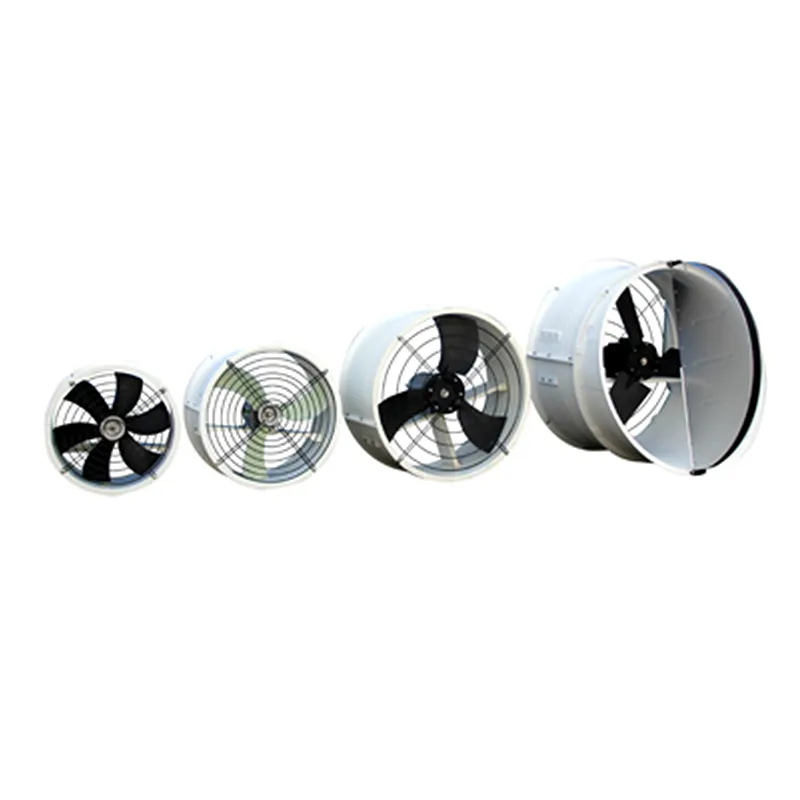When it comes to regulating indoor temperatures and creating a comfortable atmosphere, fans are a popular and cost-effective solution. However, with so many types of fans available on the market, it's essential to understand the differences between them to choose the one that best suits your needs. In this article, we'll explore the key distinctions between a circulating fan, also known as an air circulator, and a traditional electric fan.
Circulation Fans: The Air-Moving Experts
Circulation fans, or air circulators, are designed to move and mix air throughout an entire room, creating a more even and comfortable temperature. These fans utilize a unique blade design and powerful motor to generate a swirling vortex-like airflow pattern that effectively distributes hot and cold air layers.
One of the primary advantages of circulation fans is their ability to cover a larger area and provide more uniform cooling. Unlike electric fans that create a focused air stream in one direction, circulation fans distribute air evenly throughout the room, eliminating hot and cold spots. This feature makes them ideal for large spaces or areas where even cooling is crucial.
Another benefit of circulation fans is their energy efficiency. By circulating the air in the room, they can help reduce the workload on your AC system, allowing it to run less frequently and for shorter periods. This not only saves energy but also extends the lifespan of your AC unit.
Electric Fans: Spot Cooling and Direct Airflow
Electric fans, on the other hand, are typically designed to create a focused air stream in one direction. These fans are perfect for spot cooling or directing airflow to a specific area, such as a person sitting at a desk or a bed.
Electric fans come in various sizes and styles, including pedestal fans, box fans, and table fans. They often have multiple speed settings and adjustable tilt heads to allow users to customize the airflow to their preferences. While they are effective at providing localized cooling, they may not be as efficient at distributing air evenly throughout a large room.
Key Differences
Coverage Area: Circulation fans provide more even cooling by circulating air throughout the entire room, while electric fans create a focused air stream in one direction, suitable for spot cooling.
Energy Efficiency: Circulation fans can help reduce the workload on your AC system, leading to energy savings. Electric fans, while efficient in their own right, may not have the same impact on your energy consumption.
Design and Function: Circulation fans feature a unique blade design and vortex-like airflow pattern, while electric fans come in various sizes and styles with adjustable features to suit different needs.
The main difference between a circulating fan and an electric fan lies in their coverage area, energy efficiency, and design. Circulation fans, with their ability to distribute air evenly throughout a room, are ideal for creating a more comfortable and energy-efficient indoor environment. On the other hand, electric fans are perfect for spot cooling or directing airflow to specific areas. When choosing between the two, consider your specific needs and the size of the space you're trying to cool to make the best decision for your home or workspace.
